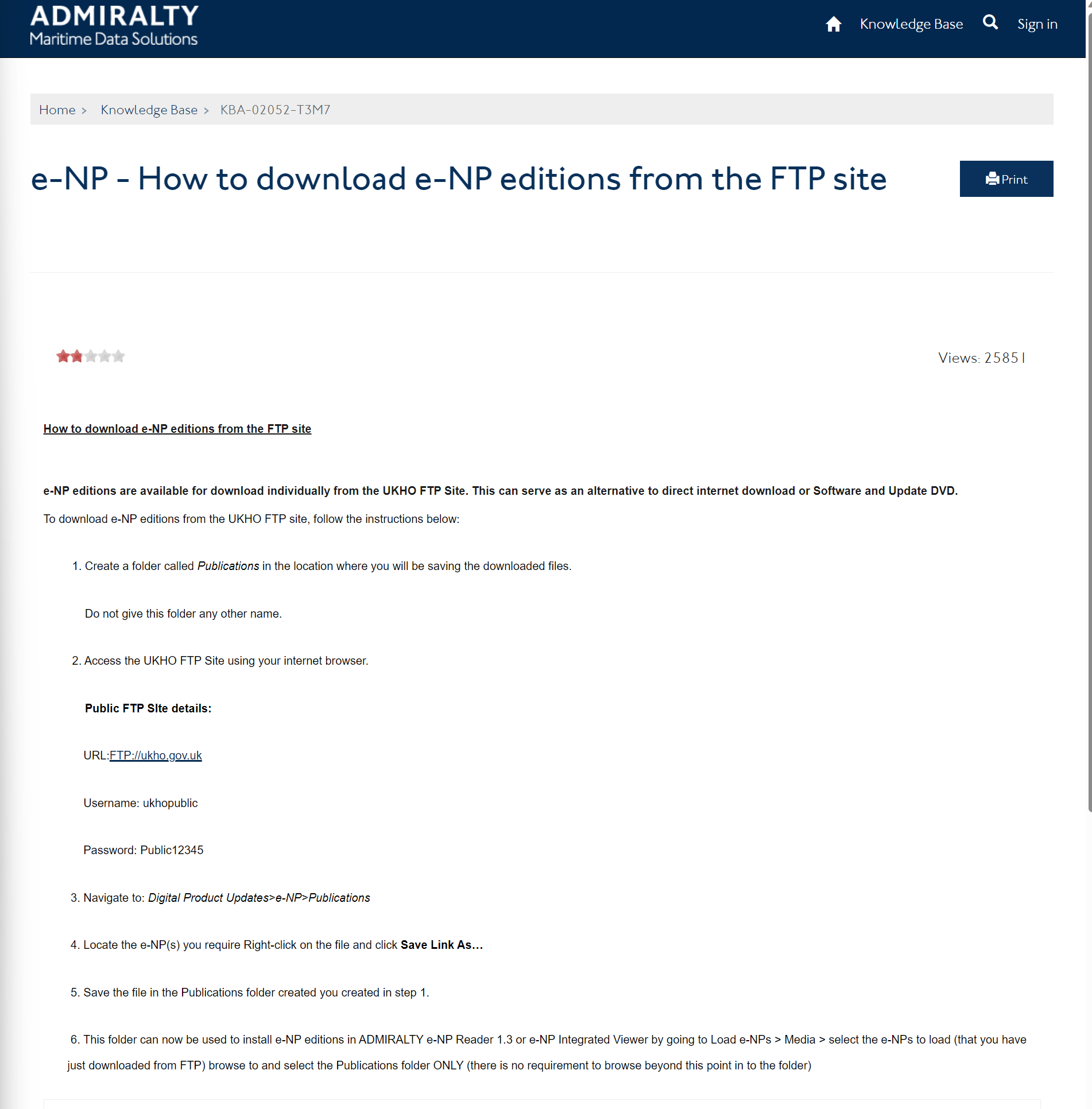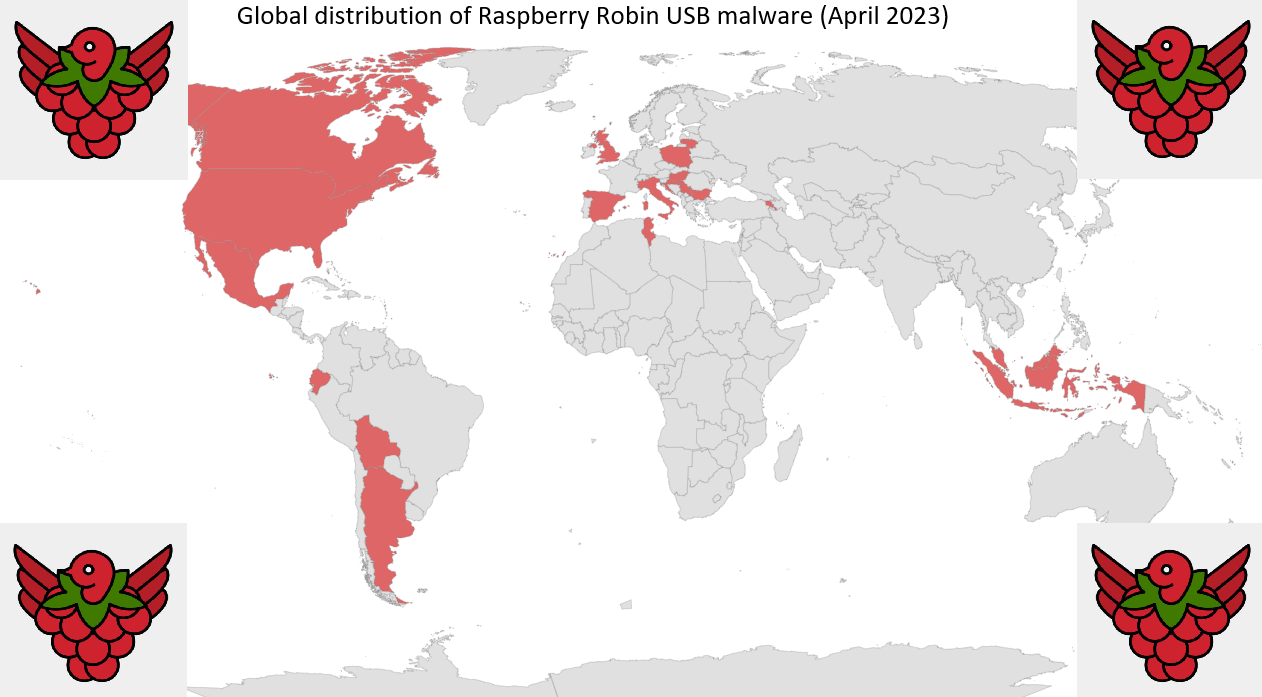Hacktivists: Liars and Morons
UK NCSC warning
In April 2023, the UK National Cyber Security Center (NCSC) issued
an alert over “a new class of Russian cyber adversary” that has emerged. These
adversaries are often not under “formal state control” and often focus on DDoS
attacks, website defacements, and/or the spread of misinformation in support of
the Russian invasion or Russia’s perceived interests. The NCSC also warned that some
desire to achieve a more disruptive and destructive impact against western
critical national infrastructure (CNI), including the UK.
Omg! Cyber Cat hacked the UK Hydrographic Office!!
Around 11am on 27 July 2023, the UK Hydrographic Office tweeted that
they were investigating reported rumours of a cyber incident. Before 4pm that
same day, the UK Hydrographic Office tweeted again that
there was no indications of a breach or compromise. So what happened?
Earlier that day, one of these pro-Russian hacktivist groups
that call themselves “Cyber Cat” shared to their public Telegram channel that
they had compromised the UK Hydrographic Office using “social engineering” and
had taken control of their server. They also attempted to ransom the UK
Hydrographic Office for “2BTC” for the data (approx. £45,000). This message was
promptly amplified by an affiliated hacktivist group’s Telegram channel called “Net
Worker Alliance”.
Figure 1: UK Hydrographic
Office allegedly “compromised” by Cyber Cat
However, security researcher @UK_Daniel_Card managed to correctly identify that this was not a hack or compromise or anything of the sort. All the Cyber Cat had done was go to the UK Hydrographic Office’s website and login to their public FTP server.
Figure 2: UK Hydrographic Office public FTP server
Oh no! The Net Worker Alliance knocked Charles de Gaulle Airport offline!!
On to the Net Worker Alliance. This group of pro-Russian hacktivists
have also made some funny mistakes of their own. On 29 July and 3 August 2023,
the Telegram channel of the group claimed to have launched a DDoS attack to knock
the website of Charles de Gaulle airport offline. Not once but twice!
Figure 3: Net Worker
Alliance alleges they caused an outage for CDG airport.
The funniest thing is though, that if you go to the website
that Net Worker Alliance you’ll quickly realize that this isn’t the CDG airport’s
website at all. The website states
clearly that it is Not Official and not affiliated with the airport or French government. It is essentially a fan site created for the convenience of
tourists and the like. Way to go hackers!
The real CDG airport website is located at https://www.parisaeroport.fr/en/charles-de-gaulle-airport.
In March 2023, this site was also DDoSed by Anonymous Sudan, who managed to get
the domain right that time.
No way! Anonymous Sudan stole 30 million Microsoft accounts!!
Despite their impressive abilities to get a URL right, Anonymous Sudan has also made some outlandish claims. While Microsoft did admit that Anonymous Sudan was able to DDoS OneDrive, Outlook, and the Azure Portal offline, they denied that 30 million credentials were stolen.
Figure 5: Anonymous
Sudan claiming to have stolen 30 million Microsoft credentials.
This is interesting because while they had finally caught
the world’s attention with their frankly unbelievable successful attack on Microsoft’s
Cloud services, they still managed to immediately dismantle the credibility they had just earned
and continue to look foolish.
WOW! NB65 hacked Kaspersky!!
The Russian invasion of Ukraine has undoubtedly given birth
to the largest increase of hacktivist groups emerging in recent years, and
perhaps ever. The ‘cyber war’ going on between pro-Russian and pro-Ukrainian
hacktivists has been quite entertaining for CTI analysts. Some pro-Ukraine hacktivists
pulled off some legendary
hacks, like hijacking Russian TV channels to play anti-Putin and anti-War messages
or hacking Russian
electric vehicle (EV) charging stations to say ‘Putin is a d***head’ on
them.
Network Battalion 65 (NB65) is known for attacking Russian companies and performing classical hack-and-leak operations typical for hacktivists. On 9 March 2022, the group hinted that they had compromised Kaspersky’s network and stolen their source code.
Figure 7: NB65 data
leak announcement for Kaspersky’s code.
Security researchers were quick to point out that the data that was “stolen” by NB65 was simply taken from a publicly accessible directory on Kaspersky’s own website.
Figure 8: NB65 data
leak versus Kaspersky’s website.
Once again, another hacktivist exaggerated their claims.
This incident particularly caught a lot of attention because it was soon after
the February 2022 invasion of Ukraine had just kicked off and various hacktivists were ramping up their attacks
on Russian organizations throughout March 2022. These outlandish claims are then shared across social
media by researchers who sometimes do little to verify or dispute what these
groups allege but amplify and spread their messages anyways.
The State of Hacktivism
From the three case studies laid out above, CTI researchers
should continue to remain highly sceptical of any claims put forward by these hacktivist
groups. These threat actors are either too technically inept to realize what
they’ve “hacked” is nothing of significance (the morons) or they are
intentionally exaggerating their claims for clicks and shares to gain influence
and notoriety online (the liars).
At the 2022 VirusBulletin conference, Blake Djavaherian shared an excellent paper on The Realities of Hacktivism in the 2020s. It covered (in a lot more depth than this blog) some of the causes of the hacktivist phenomena that we saw in the build-up to the Russia-Ukraine war, as well as the current landscape and its trends. For more information on hacktivist groups in general, I certainly recommend giving it a read if this blog got you interested in the topic. The rabbit hole of hacktivism goes a lot deeper than this!











